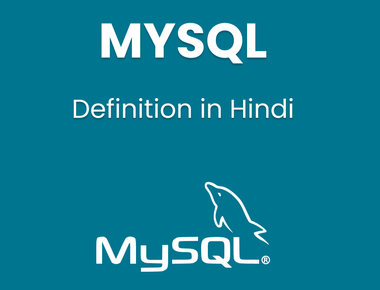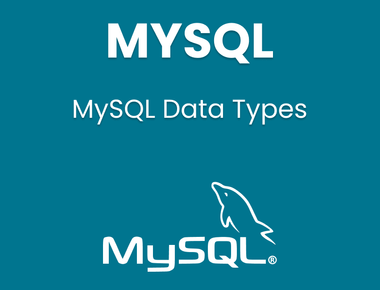
Introduction
Building the foundation of your database starts with creating tables. This article will guide you through the essential steps of creating tables in MySQL, explaining the syntax, data types, and best practices.
Understanding the CREATE TABLE Statement
The CREATE TABLE statement is used to define the structure of a new table in MySQL. It specifies the table name, column names, data types, and constraints.
Basic Syntax:
CREATE TABLE table_name (column1_name data_type constraints,column2_name data_type constraints,...columnN_name data_type constraints);
Key Components of a CREATE TABLE Statement
- table_name: The name you assign to the table.
- column_name: The name of each column in the table.
- data_type: The type of data that can be stored in a column (e.g., INT, VARCHAR, DATE).
- constraints: Rules that enforce data integrity (e.g., NOT NULL, PRIMARY KEY, UNIQUE, FOREIGN KEY).
Data Types in MySQL
MySQL offers a variety of data types to accommodate different kinds of data:
- Numeric: INT, DECIMAL, FLOAT, DOUBLE
- String: CHAR, VARCHAR, TEXT
- Date and Time: DATE, TIME, DATETIME, TIMESTAMP
- Binary: BLOB, VARBINARY
Example: Creating a Customers Table
CREATE TABLE customers (customer_id INT PRIMARY KEY AUTO_INCREMENT,first_name VARCHAR(50) NOT NULL,last_name VARCHAR(50) NOT NULL,email VARCHAR(100) UNIQUE,address TEXT,city VARCHAR(50),state VARCHAR(2),zip_code VARCHAR(10));
Important Constraints
- PRIMARY KEY: Uniquely identifies each row in a table.
- AUTO_INCREMENT: Automatically generates a unique number for each new row.
- NOT NULL: Ensures that a column cannot have a NULL value.
- UNIQUE: Ensures that all values in a column are different.
- FOREIGN KEY: References a column in another table, creating a relationship.
Best Practices for Creating Tables
- Plan your database schema carefully.
- Use meaningful and descriptive column names.
- Choose appropriate data types.
- Index columns that will be frequently searched.
- Consider normalization to optimize data storage.
- Test your table structure with sample data.
Questions related to MySQL Create Table
- How do I insert data into a MySQL table?
- What are some common data types in MySQL?
- Can you show me an example of creating an index on a column?
Conclusion
Creating well-structured tables is fundamental to building efficient and reliable databases. By understanding the CREATE TABLE statement and incorporating best practices, you can lay a solid foundation for your MySQL applications.
Keywords: MySQL, create table, database, SQL, data types, constraints, primary key, foreign key, table structure, database design
Subscribe to our newsletter!
Quick Links
Legal Stuff
Social Media




